
ในโลกของการขนถ่ายวัสดุ, lifting heavy loads safely and efficiently is a top priority. Two of the most common tools for this task are the trusty manual hoist and the powerful electric hoist. But when it comes to choosing between them, the decision isn't always black and white. Each has its own set of advantages, ideal applications, and limitations.
แชทออนไลน์การทำความเข้าใจความแตกต่างที่สำคัญระหว่างรอกแบบแมนนวลและรอกไฟฟ้าถือเป็นสิ่งสำคัญในการเลือกเครื่องมือที่เหมาะสมสำหรับโครงการของคุณ, มั่นใจทั้งความปลอดภัยและประสิทธิภาพการผลิต. Let’s break them down.

A manual hoist, often referred to as a chain block or lever hoist, relies on human power to operate. The user pulls a chain (chain hoist) or pumps a lever (lever hoist) to lift, ต่ำกว่า, or pull a load.
1. Occasional or infrequent use
2. Lower capacity loads (though they come in high capacities too)
3. Applications where precise control is critical (เช่น, assembly lines, การซ่อมบำรุง)
4. Remote locations or sites with no reliable power source
5. Users with a limited budget

An electric hoist uses an integrated electric motor to lift and lower loads, typically operated via a pendant control button.
1. บ่อย, repetitive lifting
2. Heavy and bulky loads
3. High-production environments (เช่น, การผลิต, คลังสินค้า)
4. Applications where speed is a priority
5. Situations where operator fatigue is a concern

| คุณสมบัติ | Manual Hoist | รอกไฟฟ้า |
| แหล่งพลังงาน | Human Power | Electricity (110โวลต์/240โวลต์, 3-เฟส) |
| ความเร็วในการยก | Slow (dependent on the operator) | Fast (consistent motorized speed) |
| Initial Cost | Low | High |
| Operating Cost | Effort | Electricity + การซ่อมบำรุง |
| การควบคุมที่แม่นยำ | Excellent | Good (requires skilled operator for fine control) |
| รอบหน้าที่ | Low to Medium | High to Continuous |
| Portability | High (lightweight, no cords) | Low (heavier, requires power source) |
| การซ่อมบำรุง | Simple, เกี่ยวกับกลไก | More complex, electrical components |
| Best Use Case | Occasional, precise, or remote lifts | บ่อย, high-volume, production lifts |
The choice between manual and electric isn’t about which is “better,” but which is better for your specific needs.
| Choose a Manual Hoist | Choose an Electric Hoist |
| You lift loads infrequently | You are lifting loads multiple times a day |
| Your work is in a remote location with no power | Speed and productivity are critical to your operation |
| Precision is more important than speed | You need to lift very heavy loads consistently |
| Your budget is constrained | You want to reduce physical strain on your workforce |
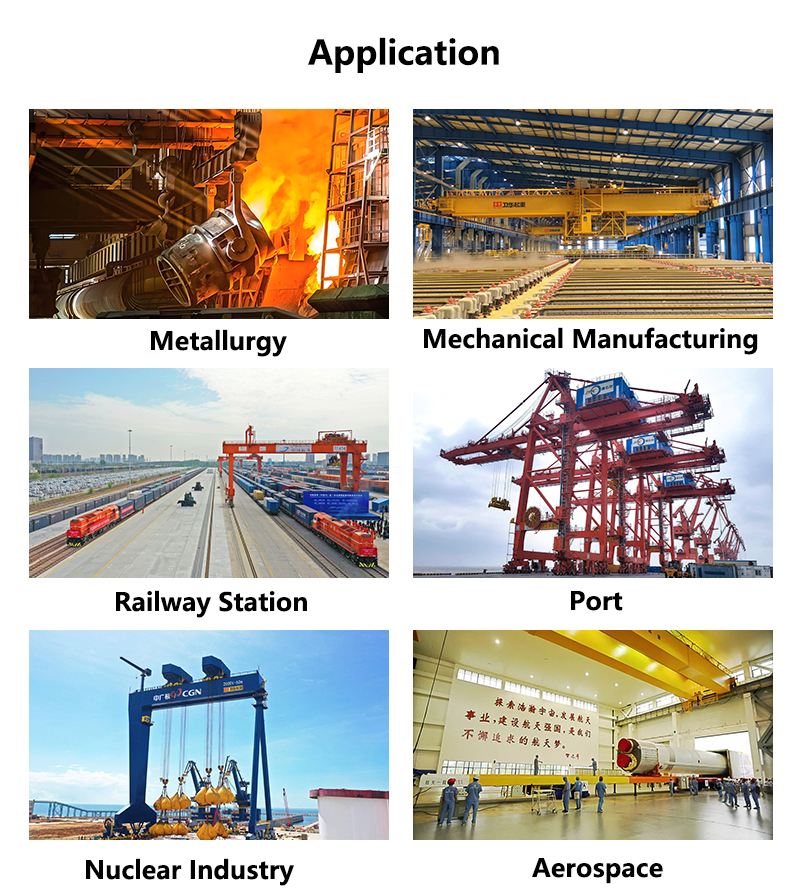
Think of it like choosing between a manual and an automatic car. The manual gives you more control and is simpler, while the automatic offers ease of use and efficiency for everyday driving.
Before you buy, carefully assess your requirements:
1. How often will you use it?
2. What is your average load weight?
3. Do you have a reliable power source?
4. What is your budget, both for purchase and long-term maintenance?
By answering these questions, you’ll be well-equipped to make an informed decision. Whether you go with the rugged reliability of a manual hoist or the powerful efficiency of an electric model, prioritizing safety and proper training for all operators is always the most important step.
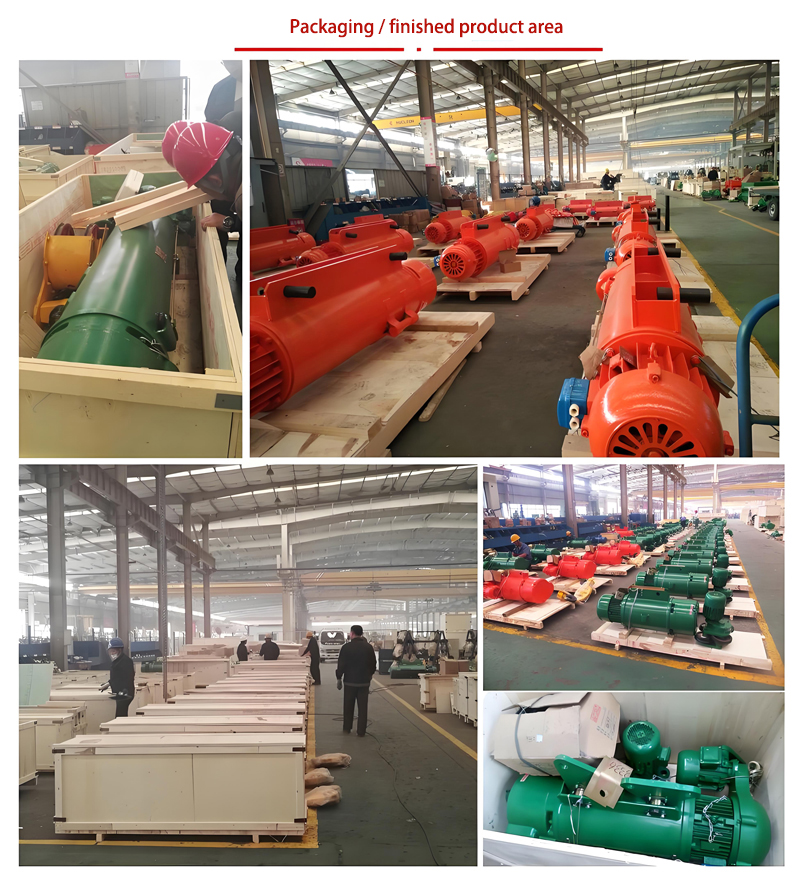
ไตรมาสที่ 1: Which is cheaper, a manual or electric hoist?
อัน: A manual hoist has a much lower initial purchase price. อย่างไรก็ตาม, if you consider long-term operational efficiency for high-use applications, an electric hoist can be more cost-effective by saving significant labor time and reducing operator fatigue.
ไตรมาสที่ 2: Can I use an electric hoist outdoors?
อัน: You can, but with important considerations. You need a reliable power source, which often requires a generator. You must also ensure the hoist has an appropriate IP (การป้องกันทางเข้า) rating (เช่น, IP54 or higher) to protect it from dust and water. A manual hoist is often simpler for truly remote or wet outdoor conditions.
ไตรมาสที่ 3: Which type of hoist gives me more control for precise positioning?
อัน: Generally, a manual hoist provides superior precision control. The operator feels the load directly and can make minute adjustments by hand, making it ideal for fitting parts together or working in tight spaces.
ไตรมาสที่ 4: How do I decide between a chain hoist and a lever hoist (both manual)?
อัน:
เราให้ความสำคัญกับความคิดเห็นของคุณ! กรุณากรอกแบบฟอร์มด้านล่างเพื่อให้เราสามารถปรับแต่งบริการของเราให้ตรงกับความต้องการเฉพาะของคุณ.
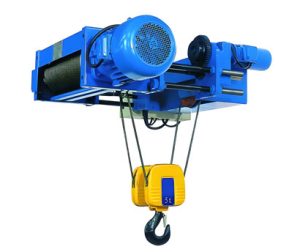
หนึ่ง 5 รอกสลิงไฟฟ้าตันเป็นโซลูชั่นการยกที่เปลี่ยนเกมที่ออกแบบมาเพื่อลดความซับซ้อน……
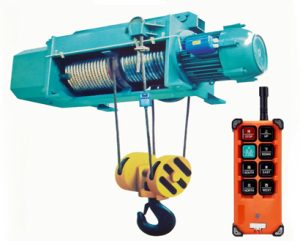
ในด้านการยกอุตสาหกรรม, ความต้องการตำแหน่งที่แม่นยำ, การทำงานที่ราบรื่น……
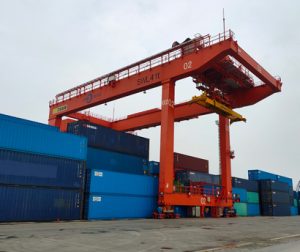
รอกไฟฟ้าสำหรับการขนส่งสินค้าทางท่าเรือเป็นอุปกรณ์ยกของหนักที่ออกแบบมาเป็นพิเศษสำหรับท่าเรือ……
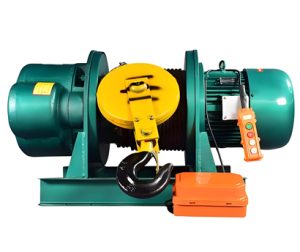
รอกไฟฟ้าสำหรับคุณสมบัติสำคัญของโลหะผสม 1. ทนต่ออุณหภูมิสูง:พร้อมปัญญา……
